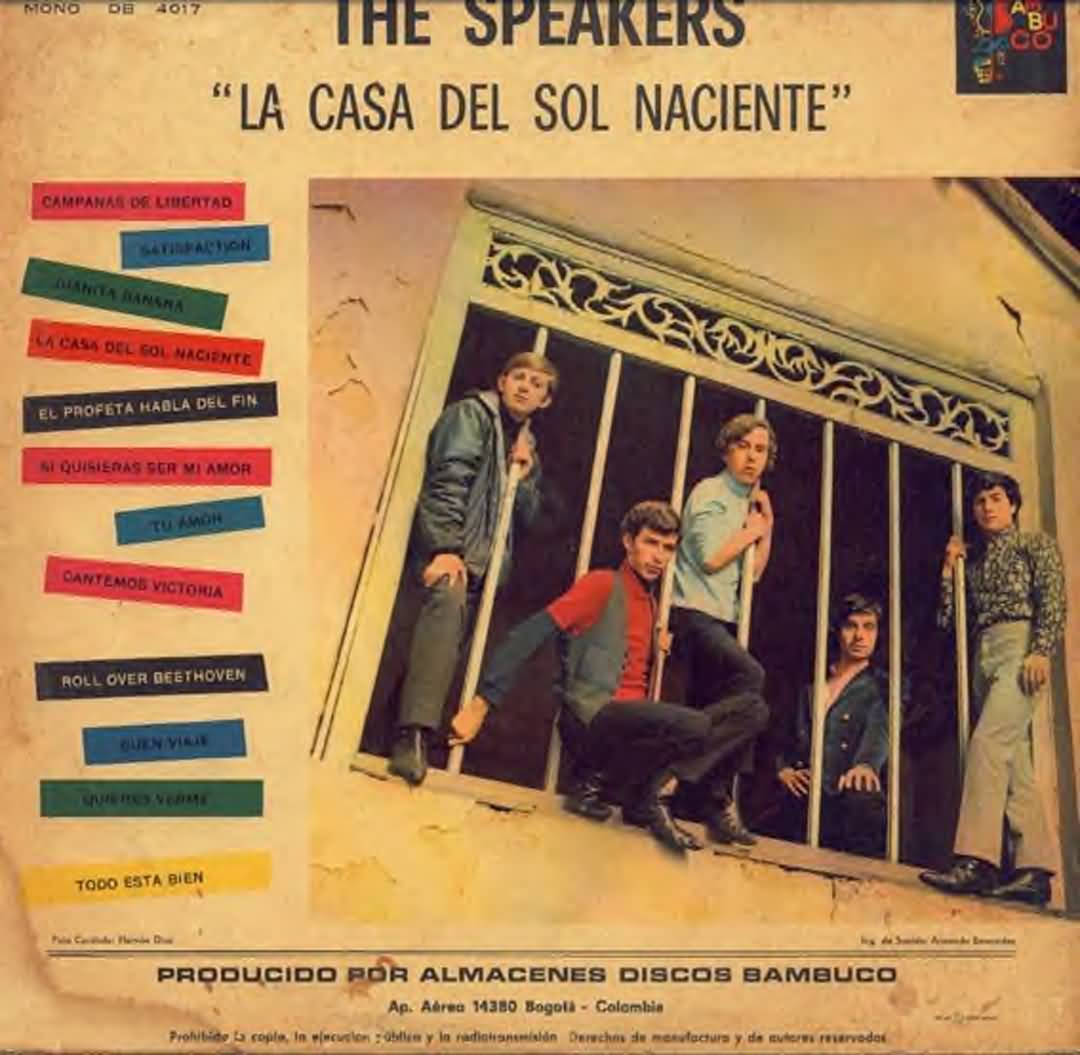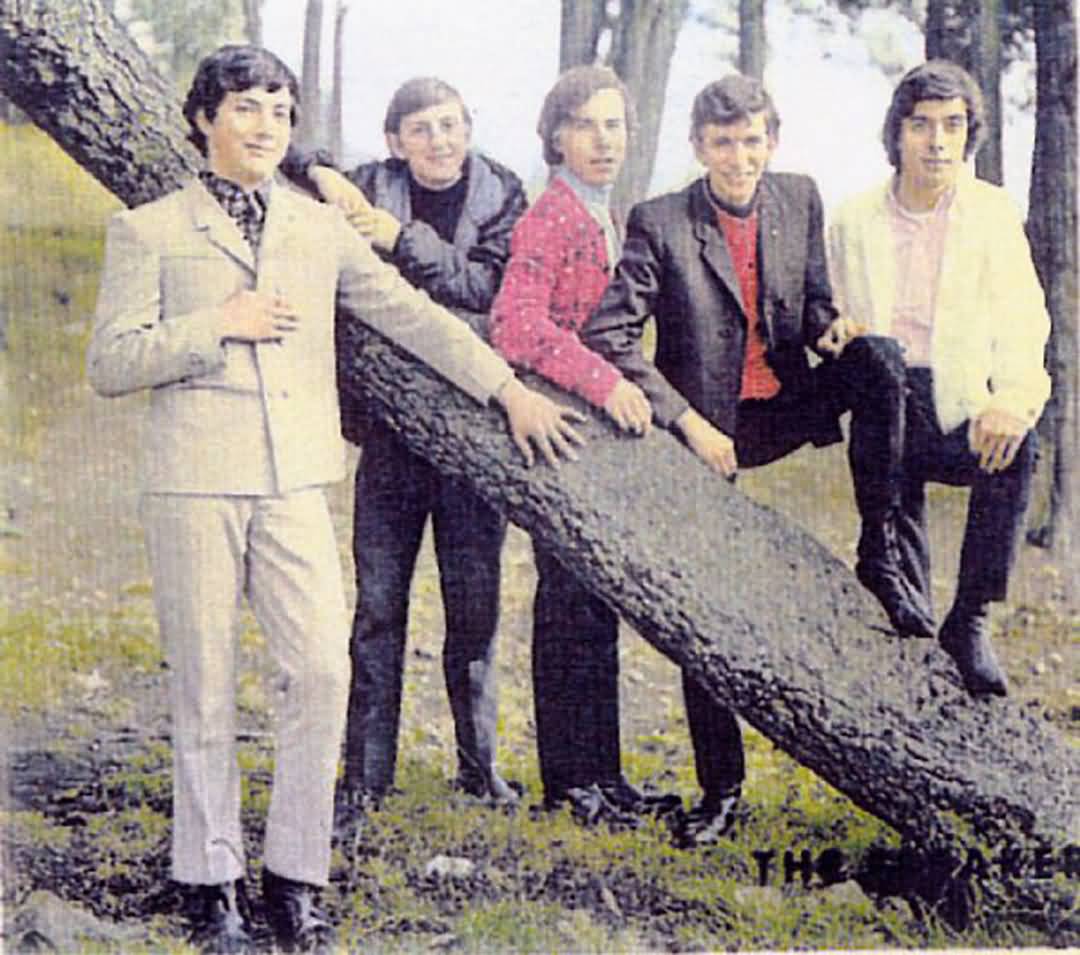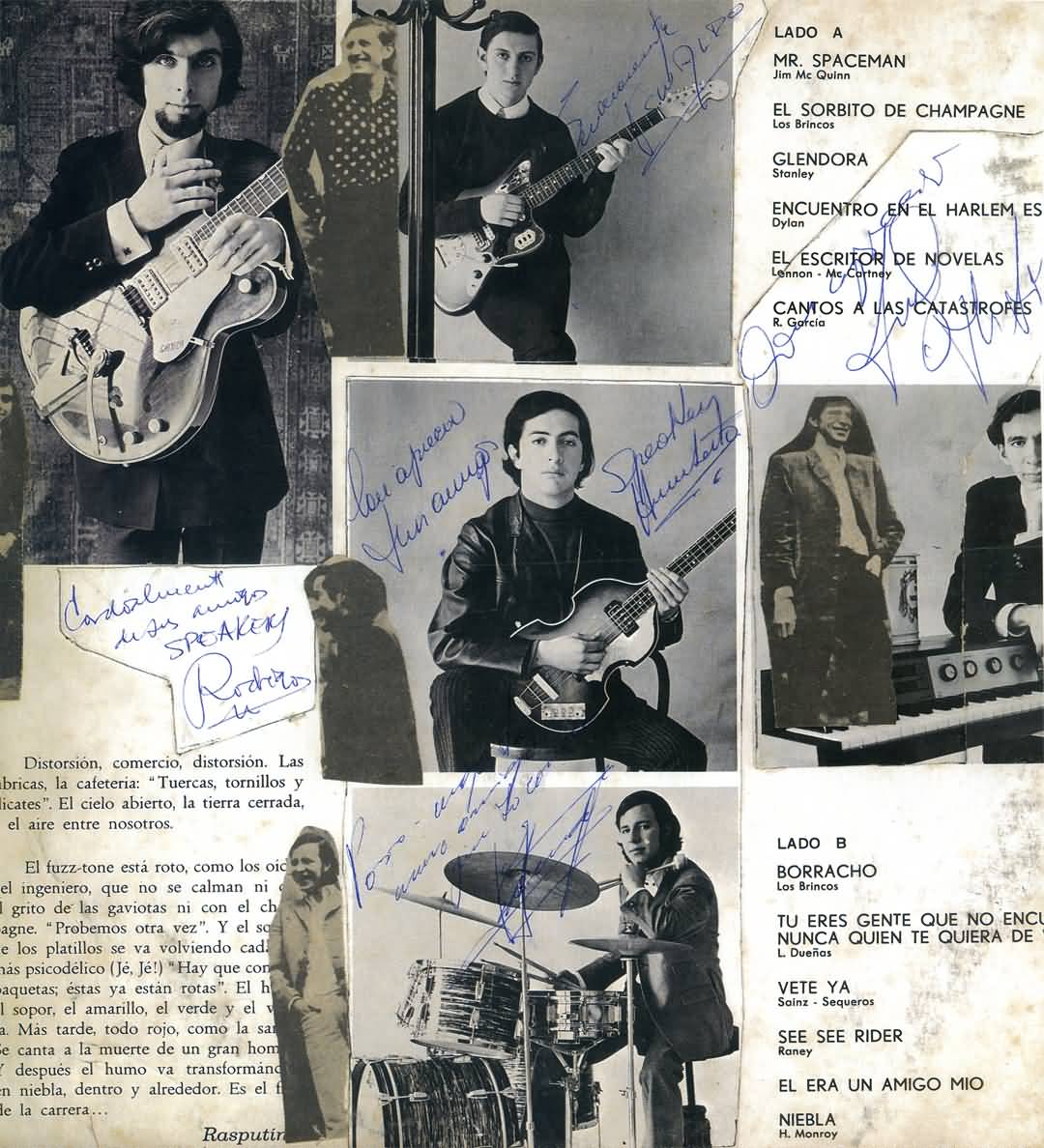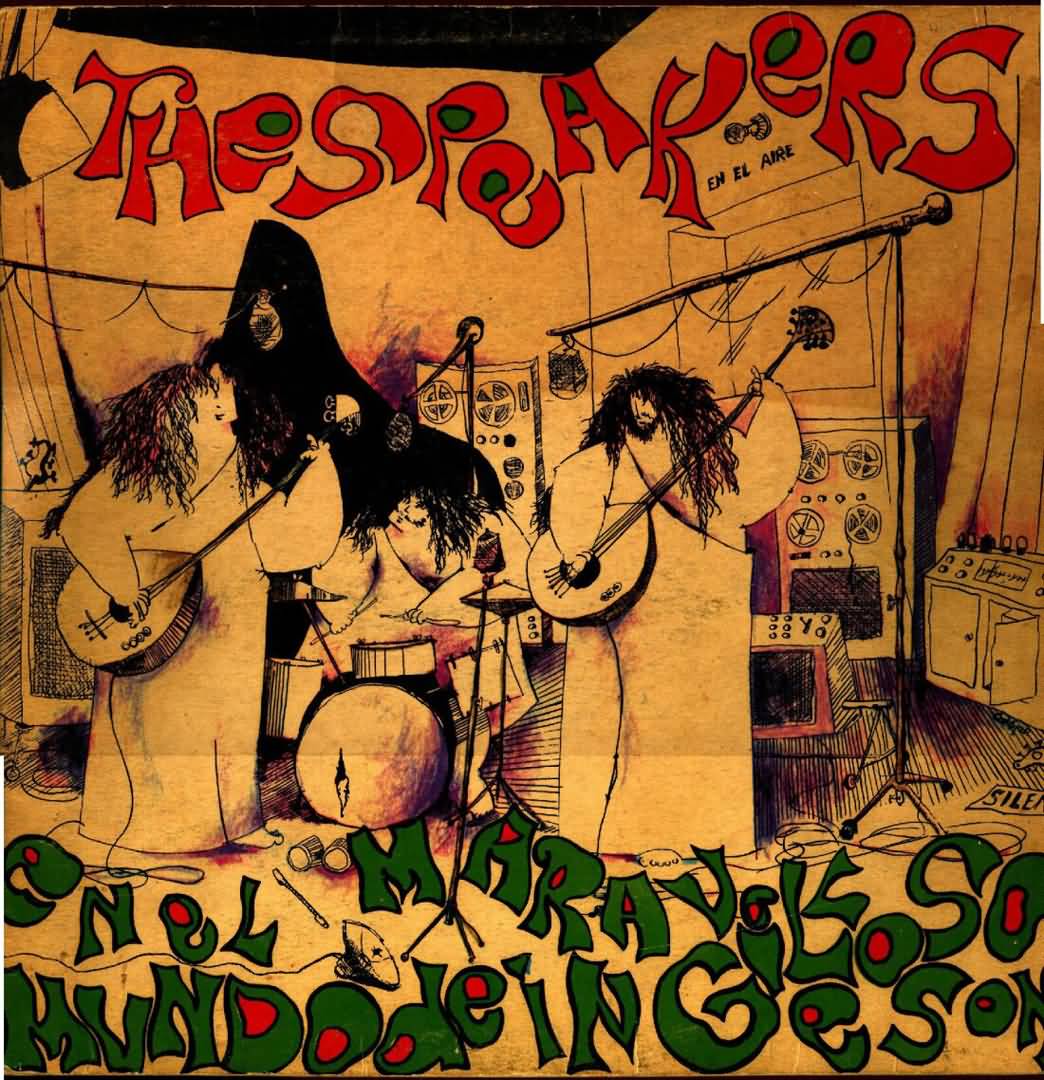Very little is known about the 60's Colombia band "The Speakers" except, perhaps, that they recorded five albums. Their penultimate and final albums soar in the $1000 range among collectors.
In the Summer of 1966 my family and I were vacationing in a farmhouse located 18 Kilometers from Cali into the Western Andean mountains. Every night the adults would party, keeping us kids up with loud and detestable Tropical Music. It was during one of these cold and sleepless nights that someone brought and played this wonderful record.
Milo a Go-Go had scheduled another national concert. My worst nightmare came true when my parents refused to let me go to the event. "Tuercas, Tornillos y Alicates" had just hit the stores. Although loaded with cover songs, their three originals are superb and the picture on the front cover won a Latin American award. The Speakers were scheduled to do their concert and play during the evening at the Latino a Go-Go Club. I bought the album and spent the night over at my grandmother's who happened to live at the Hotel Aristi, where all the world famous bullfighters and artists stayed.
I knew the concert would be over by 5:30pm and The Speakers would arrive at the hotel by 6:00pm. I boarded a packed elevator with my album still inside a shopping bag. I recognized Luis Dueñas in the elevator and I pulled my album out of the shopping bag. He noticed it and exclaimed "I'll be damned!" He signed it for me and proceeded to help me find the other four guys.
So we decided to embark on this alone. (Forming their own label: KRIS.) In previous years, I started getting involved with the intellectual ambient of the period. This allowed me to convince Danilo Vitalini to take the pictures, Ricardo Cortazar to do the front cover, and Maestro Augusto Rendon, and the 1967 award-winning painter, Carlos Granada to do the inner art. We ended up with an album jacket that included 16 pages.
The studio, of course, was a very important issue. We talked to the owner of Ingeson Studio, Dr. Drezner, who said we could use the studio free of charge during the night. In return we would have to use the name "Ingeson" any way we could. Since I was a professional studio drummer who worked there eight hours a day, I asked him: "What if we call the album The Speakers in the Marvelous World of Ingeson?" And Dr. Dezner replied "You can start tomorrow!"
I was friends with Luigi Sandri who owned the most prestigious lithograph shop in Bogota. He collaborated on the whole album cover. He would spend many afternoons just selecting the right colors.
The recording alone took four months, from June through September 1968. We inaugurated the brand new state-of-the-art recording equipment at Ingeson! They had a 40 channel Langhevin Console with 24-track Ampex recorders, 5-inch reels, Neumann mikes and the first AKG condenser mikes ever used, Westrex amps and JBL monitors. The instruments were basically the same as on the previous album, Rodrigo played his Falcon Gretsch and some parts with a Strat, but this time he used his amplified Tiple (12 string instrument), Humberto always played his Gibson Bass and I played my black Hollywood drum kit which had little silver stars all over it. There was an abundance of percussion instruments, marimbas, xylophones, tabla, glass, bells, indigenous percussion all which were used on "Oda A La Gente Mediocore" ("Ode to the Mediocre People".) We experimented with several sound effects and since the new Ampex Tape Recorder allowed us to have repetition echo, double-speed recordings on the voice on the "Historia de un Loto" song. Backwards recording was used on "Oda a La Gente Mediocre." The distorted guitar on the right channel is backwards while the distorted guitar on the left channel is normal.
This album work was enormous and exhausting, but in the end, we reached what we originally desired. We finished it in September 1968. After the stamping, mastering and using the Scully and the Westrex stereo head, we took it to Fonoton for it's last phase: we personally put the records inside the sleeves while we were spraying them with rose essence!
The promotion for this record in Colombia was enormous: television, newspaper, radio talk shows, we did everything you can possibly do and the critics loved it and the end result . . . only 800 copies sold. The only record company in all Latin America that was interested in pushing the album was Polydor of Mexico. We decided to sell the rights to them to recover some of the expenses.
Things went downhill after this experience. Rodrigo had enough of Colombia and returned to his native country – Spain. (He joined Los Pekenikes and recorded their fourth LP.) Humberto and I decided to form Siglo Cero. I worked in other musical ventures until "Columna de Fuego", a band that toured Europe and Russia in 1973. (Humberto formed Grupo Genesis.)
Humberto Monroy was a middle of the road bourgeois, of normal culture, an idealist, unselfish, a good companion, sensitive and fragile, who was very much in love with a girl who once gave him candy and he never got over it. Musically self-taught, with several technical handicaps for lack of study in harmony. He played with average technique. His compositions reflect his existential anxieties, but his ideological motives changed with the creation of Grupo Genesis. We always got along well, to the point of continuing to work with him in Siglo Cero. When I left Colombia, it was a very painful good-bye because we knew we would never see each other again.
I can't talk about myself. I am how I am with all my defects and qualities. People would say that I was a drummer who gave it all. I get along with everyone; I have a well-balanced, universal character. I believe Rodrigo and I were the most compatible musically.
(Roberto continues to play the drums professionally in Italy. Rodrigo continues to record and play music in Spain. Humberto – RIP.)
NOTE: At the time of the interview I tried to contact Rodrigo Garcia to no avail. Everyone who knew him in Colombia thought he had died in combat fighting for the Guerrillas in Central America during the 70's. The person responsible for this information got him confused with a Guerrilla member that shared his same name. Roberto was shocked about this and called it "rubbish". The elusive Rodrigo is alive and well and still recording up till recently in Spain.
Written by: Hugo W. Taylor
Reprinted with permission from UGLY THINGS ...thank you!!!!
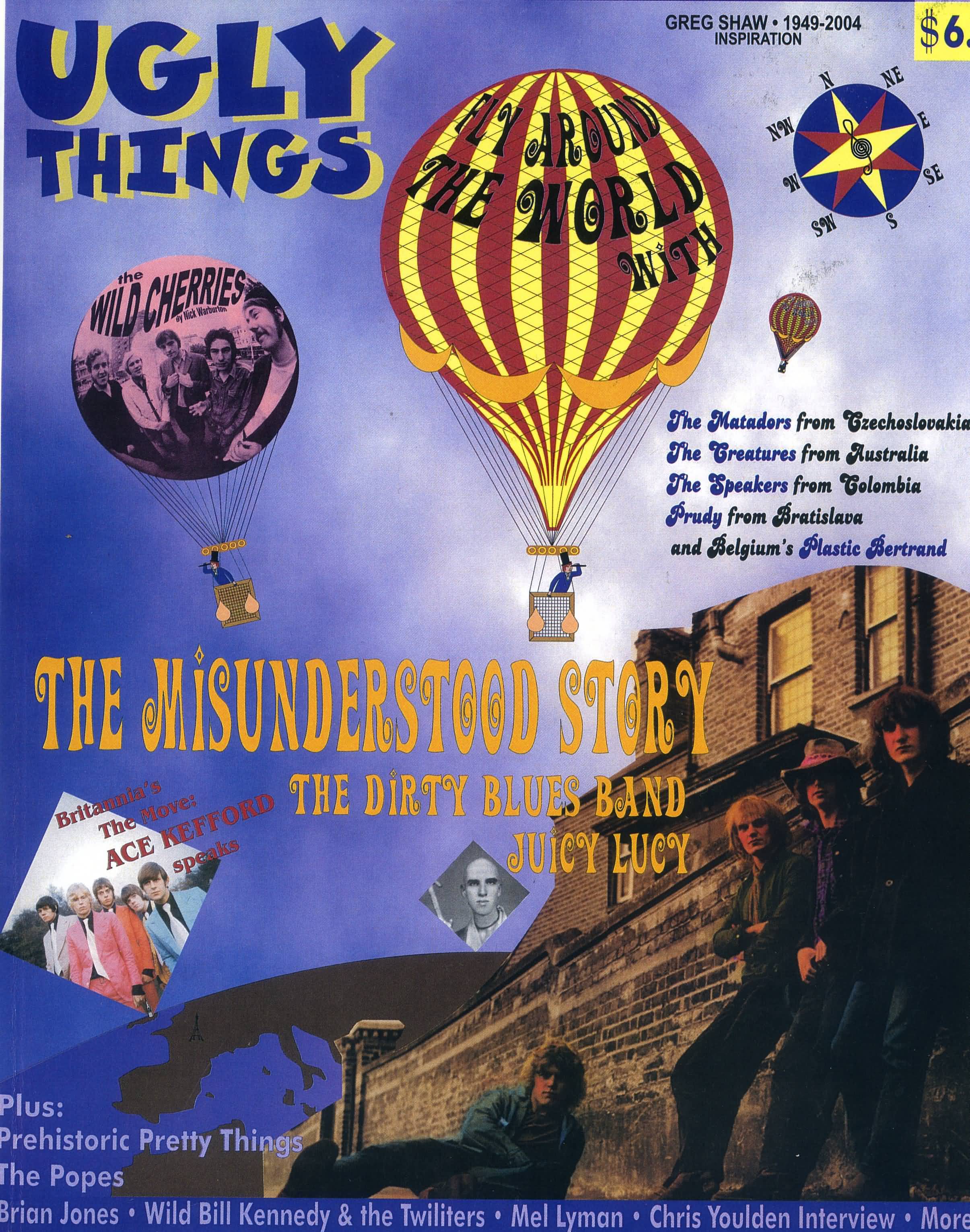
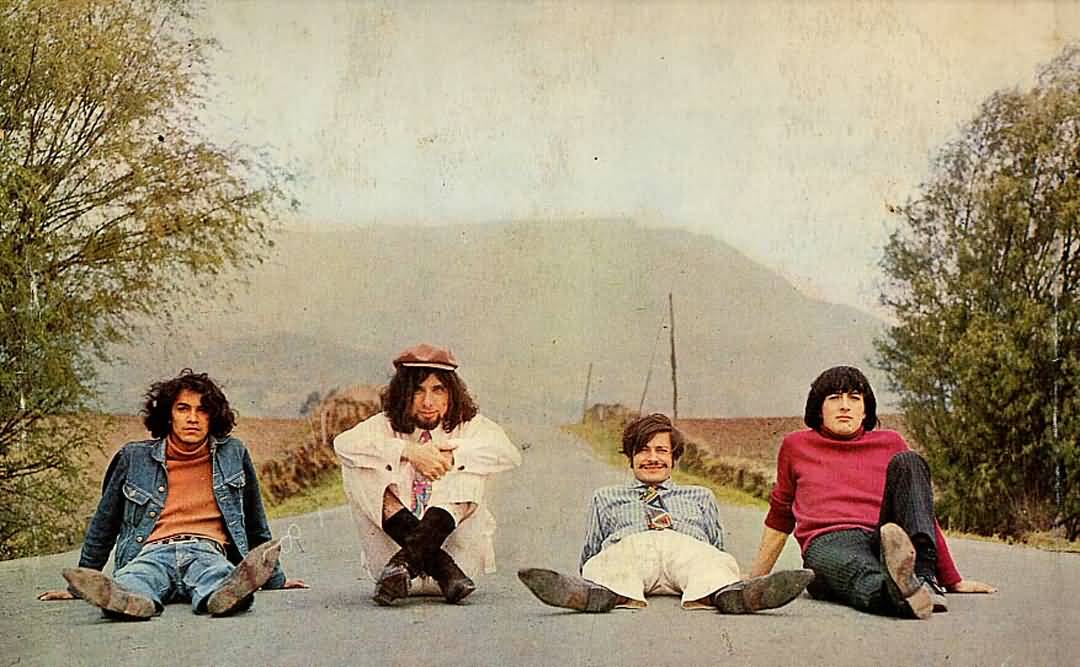
.jpg)

